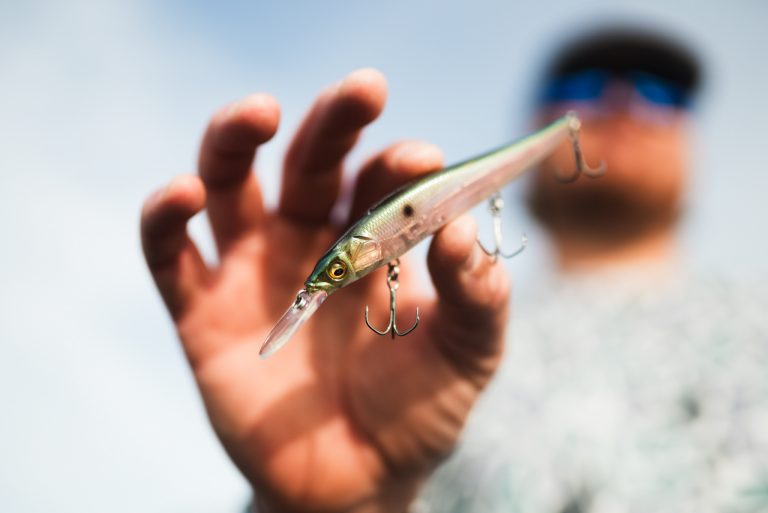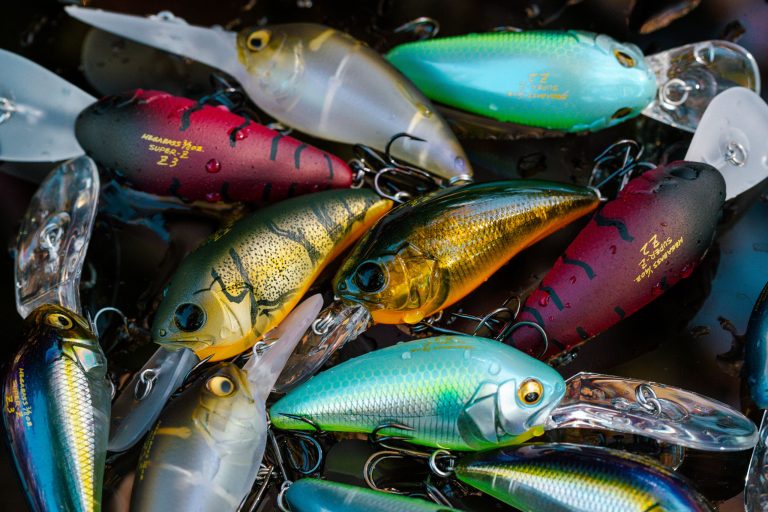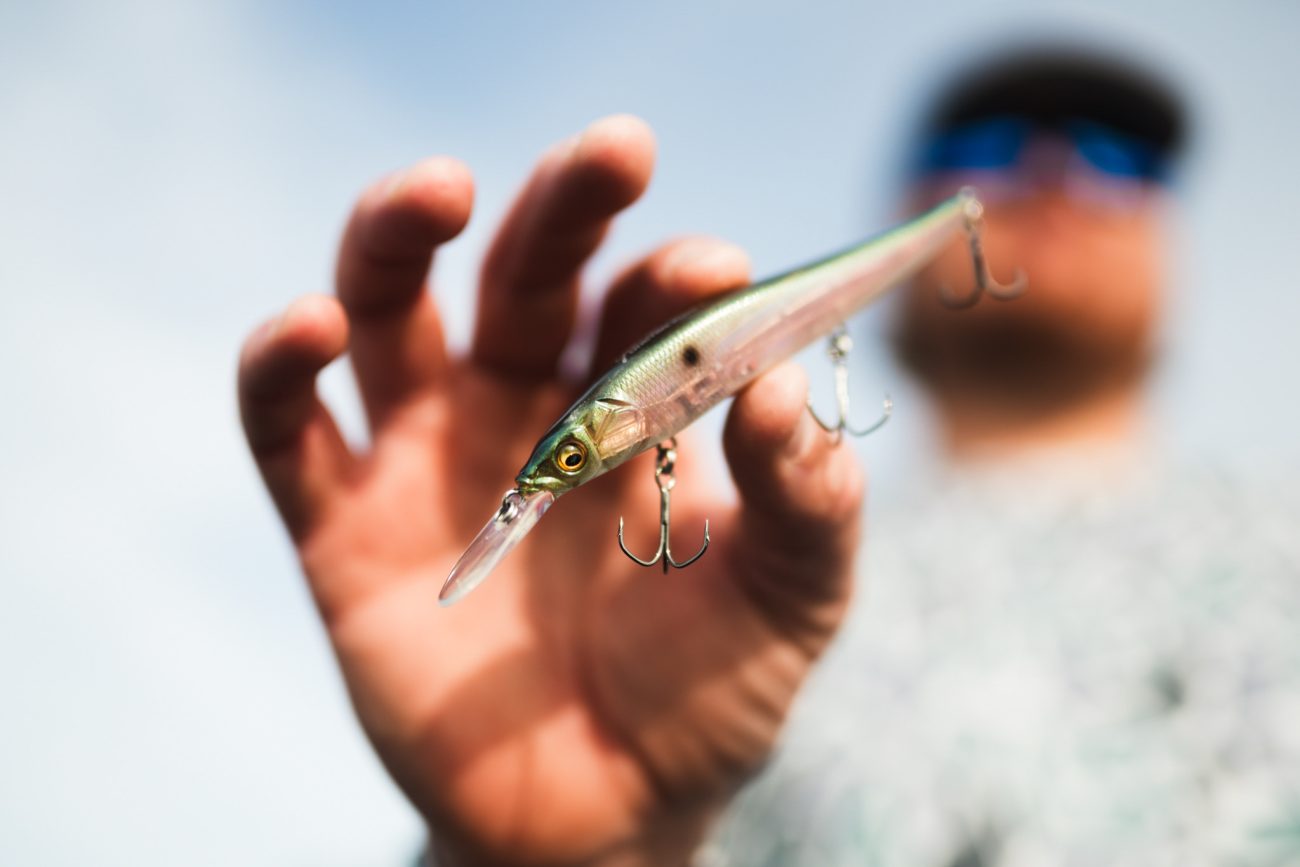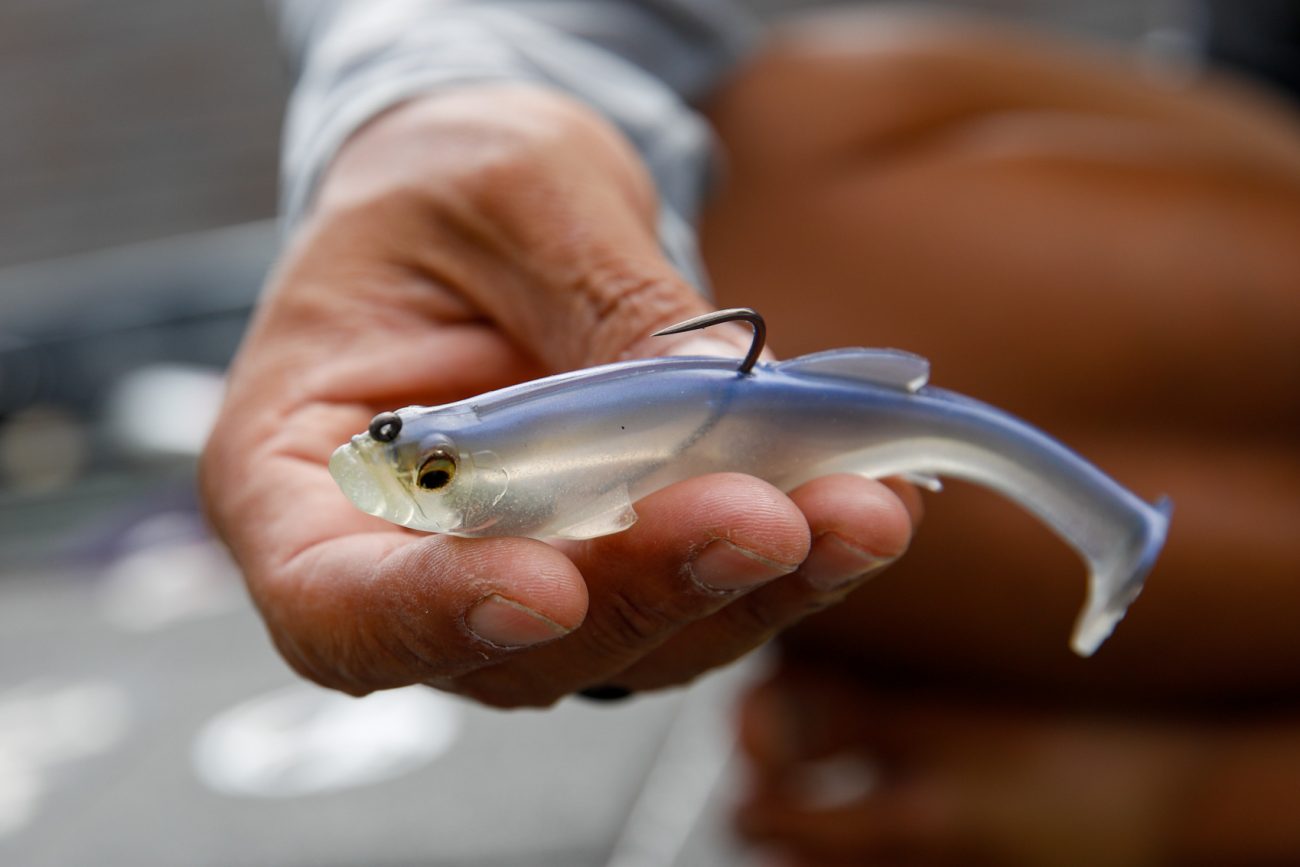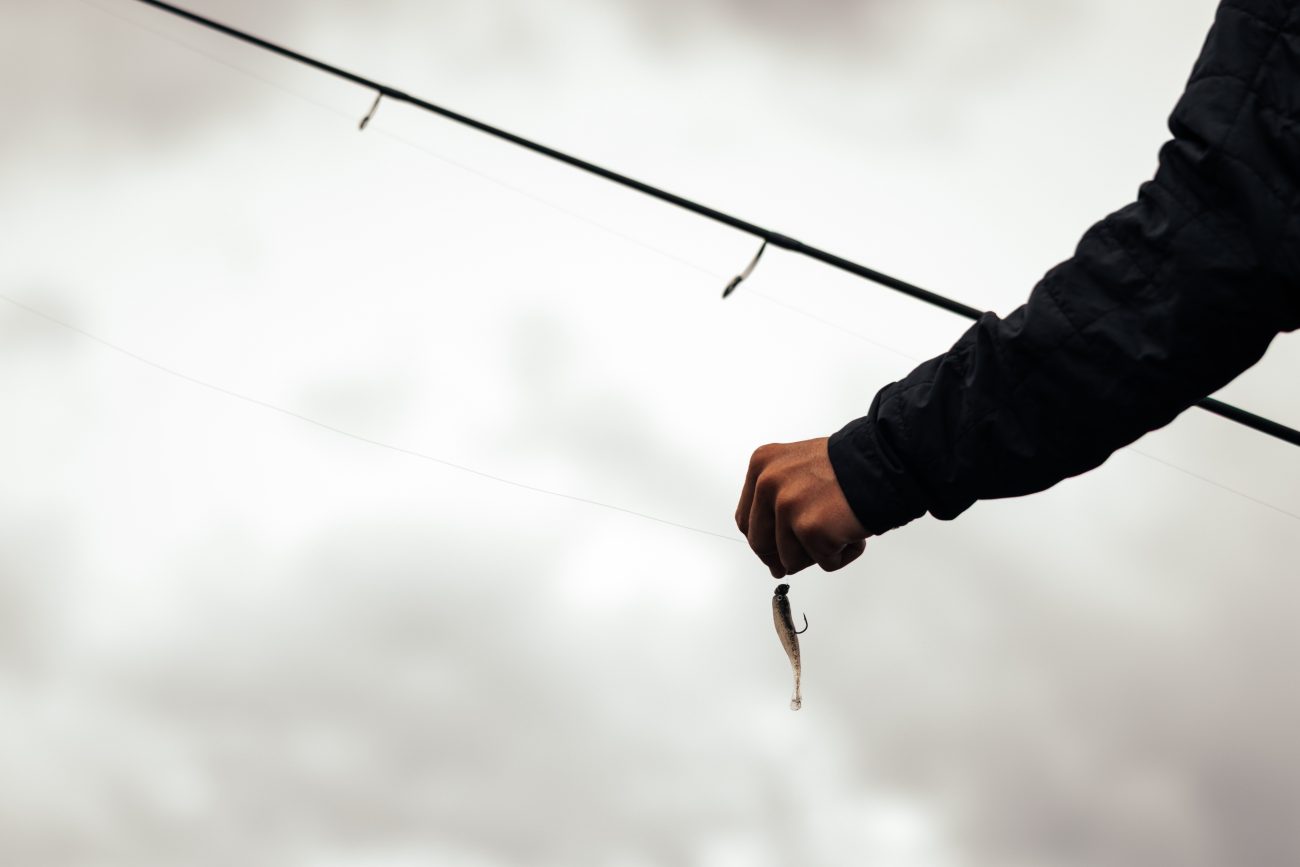April and May are widely regarded as two of the best months of the year for bass fishing. Across much of the country, these spring months bring the highest concentrations of bass into shallow water—creating a rare opportunity for anglers to connect with both numbers and size. With the exception of some far southern and northern states, this window marks the primary spawning season for bass.
While much attention is placed on the spawn itself, savvy anglers know to approach this season with a broader perspective. The spawning cycle unfolds across three key phases—pre-spawn, spawn, and post-spawn—each offering its own set of patterns, behaviors, and high-percentage opportunities.
Pre-Spawn: Big Bass on the Move
The pre-spawn phase begins when water temperatures rise above 50°F and continues until they approach the 60°F mark. During this time, bass begin staging on strategic structure such as channel swings, secondary points, grass flats, and steep banks—often adjacent to ideal bedding areas. It’s in this window that trophy-class female bass begin pushing shallow, presenting one of the best opportunities of the year to catch a giant.
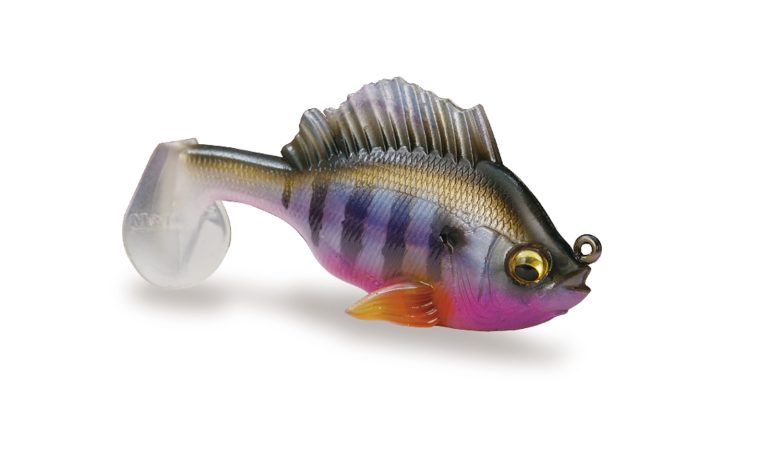
The Spawn: Protecting the Nest
As water temps stabilize around 60°F—often coinciding with the first full moon—spawning activity kicks into high gear. Males begin clearing and guarding nests in protected coves, typically in 2 to 10 feet of water depending on clarity. After laying eggs, female bass leave the nest, leaving the males to guard their young from a host of predators.
Bluegill are among the most aggressive nest raiders, making them a key forage profile to target during and immediately after the spawn. Lures like the SLEEPER GILL have proven highly effective in this role—not just for their hyper-realistic bluegill imitation, but also for their ability to be skipped under docks, walkways, and other overhead cover where spawning bass frequently bed.
When targeting these areas, many anglers rely on a LEVANTE PERFECT PITCH rod paired with 15lb fluorocarbon, skipping the Sleeper Gill into tight cover and retrieving it with a steady medium-fast pace just under the surface. This technique consistently provokes aggressive reaction bites from bass defending their nests.
Importantly, anglers are encouraged to practice catch and release during the spawn to ensure bass populations can successfully reproduce. Males play a critical role in guarding both eggs and fry from predation by bluegill, perch, crawdads, and more.
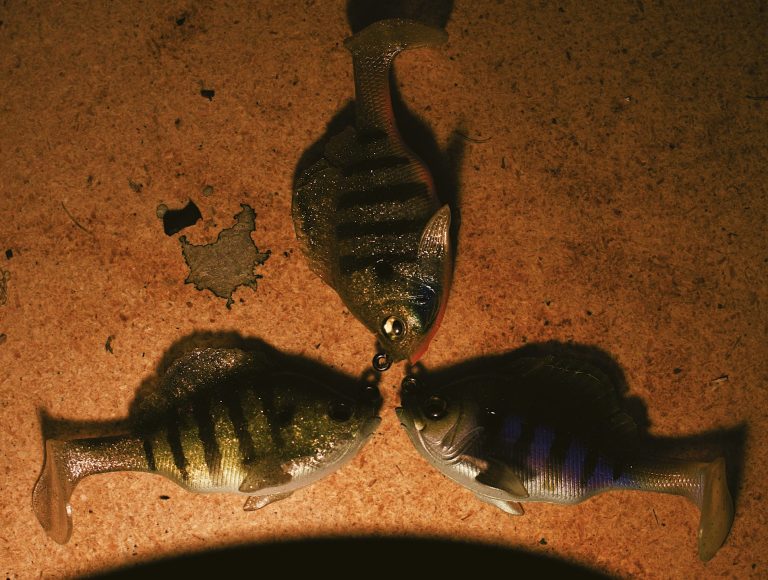
Post-Spawn: Feeding Time
After the spawn, bass remain close to spawning grounds for a short recovery period—feeding heavily to regain strength before dispersing into deeper summer patterns. Once water temperatures rise into the 70s, this transitional period winds down and bass begin to spread throughout the lake.
One standout example of the Sleeper Gill’s effectiveness during this phase comes when post-spawn bass are holding in flooded bushes and willow trees following high water levels making edges of vegetation a key strike zone. By swimming the SLEEPER GILL just under the surface—similar to a swim jig presentation—bass would erupt from the cover with explosive, boil-inducing strikes. Fast retrieves and visible presentations triggered some of the most thrilling bites of the season.
From staging fish to nest defenders to post-spawn feeders, the Megabass Sleeper Gill continues to prove itself as a premier bluegill imitator throughout the entire spawning cycle. For anglers looking to capitalize on the spring bite, understanding the bass’ seasonal movements—and matching the hatch with precision—makes all the difference.

